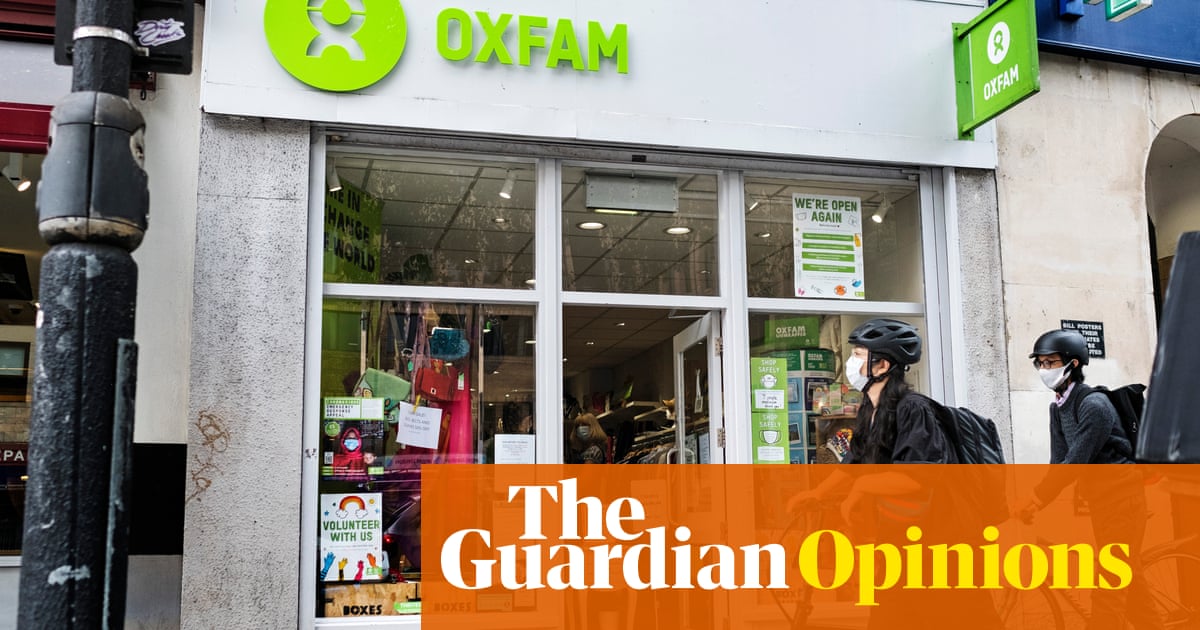
The British like to think that they have a uniquely profound understanding of class. In truth, it’s the opposite. The arcane rules of the country’s class system mean we have a deranged understanding of our divisions, one that is informed not by whether someone owns financial assets or capital or employs people, but by their accent, hobbies and choice of supermarket.
It is perhaps in the domain of food that Britain’s sentinels of class stand guard the most sternly, dobbing people in for perceived culinary transgressions and demarcating what might, in a nod to Nancy Mitford, be called W (working-class) and non-W foods. Over the past few years I’ve seen the following innocent foods accused of being markers of middle-classdom: quinoa, polenta, sun-dried tomatoes, coffee, loose-leaf tea, coriander seeds, gnocchi, kidneys, goji berries, hummus, falafel, lentils, croissants, muesli, wine, tofu, soy milk, oat milk, almond milk, avocados – and indeed the act of growing your own food. Added to this list, as former trade unionist and class chief constable Paul Embery helpfully suggested last month, amid a discussion about food shortages on Twitter, are lemons, parsley, spring onions, aubergines and risotto rice. All of which sound like a pretty solid box on Ready Steady Cook.
“Food in England,” the novelist Huw Lemmey recently wrote, “is very rarely about food, and that might be half of the problem.” You can understand the policing of food boundaries in a few non-food-related ways – the more charitable one is that for a certain type of political commentator, it is extremely convenient to portray the working class as a homogeneous, socially conservative and incurious bloc, whose vision of food corresponds to a kind of political nativism. It’s a bizarrely infantilising view, one that assumes that an interest in better or different foodstuffs is class treason and that puts people in clearly defined boxes, just as much as the identity politics that these commentators supposedly rail against.
A less kind analysis, but perhaps a more accurate one, is that assigning middle-classness to cheap staples from other cuisines – hummus, soy sauce, cumin, for instance – usefully disguises the reality that the working class is far more diverse than these commentators understand. The fact is that if a similar inventory of “working class” foods were to be undertaken across contemporary Britain, it would be less “gammon, pie and mash and ale”, and more “ackee, pierogi and shatkora”.
All of this is supercharged by post-Brexit politics and its discontents. The identification of the “liberal elite” with extremely everyday but European foods was perhaps achieved most readily through the popularity of the London restaurant River Café in the 1990s. Its choice to sell cucina povera (peasant food) at eye-watering prices – and its subsequent popularity with the New Labour set – meant that, to the bafflement of Italians everywhere, lentil eating and polenta munching became associated with rich and well-connected people. This is despite these foods being easily affordable (and in the case of lentils, already being widely consumed in the UK by south Asians). When Alastair Campbell and Peter Mandelson dined there in late 2016 for a supposed anti-Brexit strategy meeting, all the rightwing press needed to do was point out how much the pasta cost.
The disapproval of a shopping list or what other people are eating these days is ultimately about insinuating that anyone concerned with Brexit-induced food shortages is a paid-up member of the Ocado elite; reinforcing a narrative that Brexit itself was simply about the divide between working-class towns (one Waitrose per 100,000 people) and middle-class urban centres (one Waitrose per person). Even that old war horse the “latte-swilling liberal” (a misnomer – liberals know not to swill lattes because it disturbs the crema) starts to make sense when you see it not as a marker of wealth, given that even in London it rarely breaks the £3.50 mark, but as a symbol of neoliberal globalisation, from Melbourne to New York.
While the right and the self-described “anti-woke left” associate certain foods with an urbane, multicultural leftwing politics, many liberals are guilty of fetishising foods solely for their Europeanness (the concept of 90% of BBC food shows appears to be “guys travelling around Italy”). Meanwhile, the left is happy to label anything slightly more expensive than the baseline – Green & Black’s chocolate, Tyrrells crisps – as Tory. But the truth is that food is a completely inadequate signifier for class, politics or even urbanism. Sixteen years ago, a coffee shop was set up in Soho to cater to the fact that it was near-impossible to buy a flat white in London; last week I had one on Iona in the Inner Hebrides (population 177). Today, all the foods that have been associated with a pro-European elite – lentils, quinoa, avocados, hummus – are a quotidian part of the national cuisine, and in all likelihood eaten voraciously by those who denounce them.
This is not to say that what we eat is not heavily informed by class and wealth. However, the peculiarly British tendency to regard food as an avatar for class or politics is doomed to blind us simply because the way we eat changes and evolves at a high pace, absorbing influences from immigration, from a wider pool of shared knowledge, and an increasing desire to experience things beyond our local and national boundaries. Politics is partisan, but food should be for everyone.
Except grouse, that is. That will always be Tory.
Jonathan Nunn is a food writer based in London. He edits the food newsletter Vittles












